Regulatory Support and Guidelines
The Cell-Free Fetal DNA Testing Market is also influenced by supportive regulatory frameworks and guidelines that promote the use of non-invasive prenatal testing. Regulatory bodies are increasingly recognizing the importance of these tests in prenatal care, leading to the establishment of clear guidelines for their implementation. This regulatory support not only enhances the credibility of cell-free fetal DNA testing but also encourages healthcare providers to adopt these methods in clinical practice. As a result, the market is likely to see an increase in the number of approved testing kits and services, further driving growth. The establishment of standardized protocols is expected to enhance the reliability of test results, thereby boosting consumer confidence.
Increasing Awareness and Education
The Cell-Free Fetal DNA Testing Market is benefiting from heightened awareness and education regarding prenatal testing options. Healthcare providers are increasingly informing patients about the advantages of non-invasive testing, leading to a more informed patient population. Educational campaigns and initiatives by healthcare organizations are contributing to this trend, emphasizing the importance of early detection of genetic disorders. As awareness grows, more expectant parents are likely to opt for cell-free fetal DNA testing, thereby expanding the market. Surveys indicate that nearly 70% of expectant parents are now aware of non-invasive prenatal testing, a significant increase from previous years. This growing awareness is expected to translate into higher adoption rates and market expansion.
Rising Demand for Non-Invasive Testing
The Cell-Free Fetal DNA Testing Market is experiencing a notable increase in demand for non-invasive prenatal testing methods. This trend is largely driven by the growing preference among expectant parents for safer alternatives to traditional invasive procedures, such as amniocentesis. Non-invasive tests, which analyze fetal DNA present in maternal blood, offer a lower risk of complications. According to recent estimates, the market for non-invasive prenatal testing is projected to reach approximately USD 5 billion by 2026, reflecting a compound annual growth rate of around 20%. This rising demand is indicative of a broader shift towards patient-centered care, where expectant parents seek reliable and safe testing options.
Growing Prevalence of Genetic Disorders
The Cell-Free Fetal DNA Testing Market is significantly impacted by the rising prevalence of genetic disorders among newborns. As awareness of genetic conditions increases, there is a growing demand for early detection methods that can identify potential risks during pregnancy. Conditions such as Down syndrome and other chromosomal abnormalities are becoming more prevalent, prompting expectant parents to seek reliable testing options. The market is projected to grow as more healthcare providers recommend cell-free fetal DNA testing as a first-line screening tool. Estimates suggest that the incidence of chromosomal abnormalities is approximately 1 in 150 births, underscoring the need for effective prenatal screening solutions. This growing concern regarding genetic disorders is likely to propel the market forward.
Technological Innovations in Testing Methods
Technological advancements play a crucial role in shaping the Cell-Free Fetal DNA Testing Market. Innovations in sequencing technologies, such as next-generation sequencing (NGS), have significantly enhanced the accuracy and efficiency of fetal DNA analysis. These advancements allow for the detection of chromosomal abnormalities with higher sensitivity and specificity. As a result, the market is witnessing an influx of new products that leverage these technologies, catering to the needs of healthcare providers and patients alike. The integration of artificial intelligence and machine learning in data analysis further streamlines the testing process, potentially reducing turnaround times and improving overall patient outcomes. This technological evolution is expected to drive market growth in the coming years.


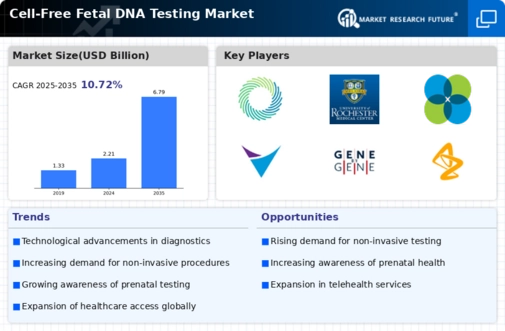
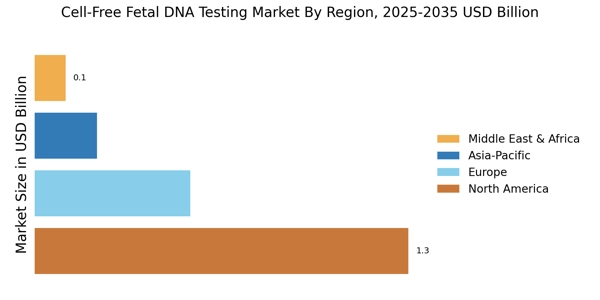
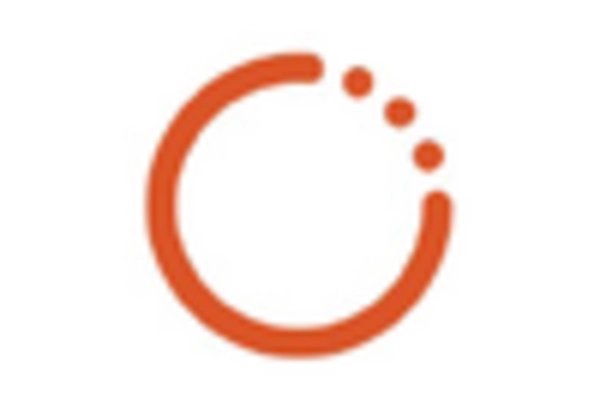
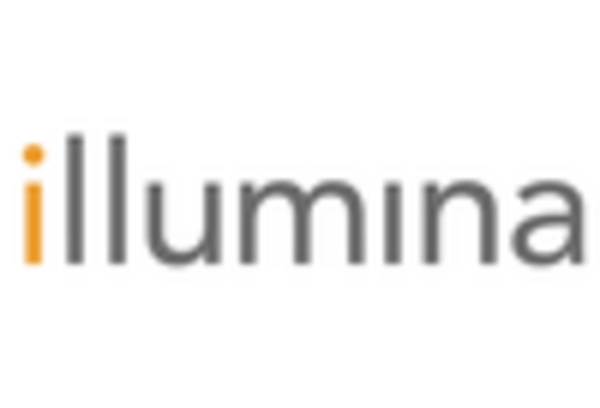


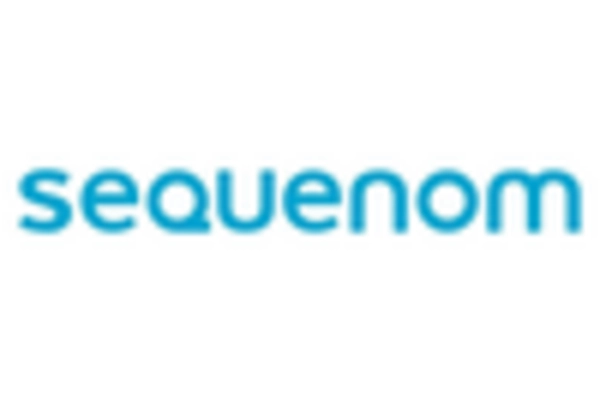
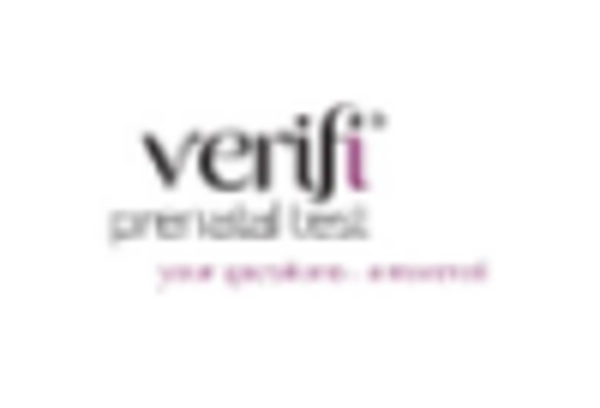








Leave a Comment